Uniqueness of Ashanti
The Ashanti region is one of the ten administrative regions of Ghana. For political and administrative purposes, Ghana is divided into 10 regions with each headed by a Regional Minister.
It has a total land area of approximately 25000 square kilometres representing about 10 percent of the total land area of Ghana.
Apart from its unique placement in the middle of the country, the region has other significant features such as sharing borders with four regions of the country, Brong Ahafo, Western, Central and Eastern regions. All the other regions shares borders with either three or two regions.
Most of the region’s inhabitants are Asante people, one of country’s major ethnic groups. Majority of Ghana’s cocoa is grown in the region. Aside that, the region is a major site of Ghana’s gold-mining industry as Anglogold Ashanti (AGA), which is regarded as the biggest gold mine in Africa and second to Newmont in the world, is located in the region at Obuasi.
Ashanti is the most populous region in the country with a population of 3,612,950 representing 19.1 percent of the national total of 18.9million, according to the 2000 Demographic Survey of Ghana.
Kumasi the regional capital is centrally located within the national context making the region unique among the other regions.
The region is subdivided into 21 administrative districts, the highest among all the country’s regions. This includes the Kumasi Metropolitan Area, which is Ghana’s second largest metropolis with a resident population of over 1.1million people.
The others are Adansi North, Adansi South, Afigya Sekyere, Ahafo Ano North, Ahafo Ano South, Amansie Central, Amansie East, Amansie West, Asante Akim North and Asante Akim South.
The rest are Atwima Mponua, Atwima Nwabiagya, Bosomtwe Atwima Kwanwoma, Ejisu-Juaben, Ejura Sekyedumasi, Kwabre, Obuasi Municipal, Offinso, Sekyere East and Sekyere West districts.
Politically, the region has 39 constituencies and indeed has the largest representation in Parliament to articulate the aspirations of the constituents. This should be expected since this is the most populous region in the country.
Like other areas in the country, the institution of chieftaincy is very pronounced in the Ashanti region and plays a significant role in its administration.
The region has 33 traditional council areas each headed by a paramount chief and comprising several divisional chiefs, all of whom owe allegiance to the Asantehene. The Asantehene, who is the President of the Asanteman Council is seated at the Manhyia Palace in Kumasi.
Manyhia Palace is a traditional showpiece which over the years had attracted local and international attention. All the history about the Kings of Ashanti and their works can be found in the Manhyia Museum.
Even though the Asanteman Council extends beyond the borders of the Ashanti Region, the chiefs in the other regions who are deemed to be part of the Asanteman Council all owe allegiance to the Asantehene, a feature which is not existent in other areas of the country, thus making the Ashanti Region unique among the others.
The homogeneity of the people of Ashanti, speaking only one dialect facilitates smooth administration of the area. Through the traditional courts of the Asantehene, chieftaincy issues and land litigations are tackled.
Indeed Ashanti Region’s near central location within the country makes it a nerve centre for commercial and social development.
The region has abundant, skilled manpower and relatively better social and economic infrastructure. The people of the region have high business acumen, which makes Kumasi one of the major commercial centres in the West African sub region.
Ashanti region is perhaps the best endowed region of Ghana in terms of its abundant natural and human resources available for investors.





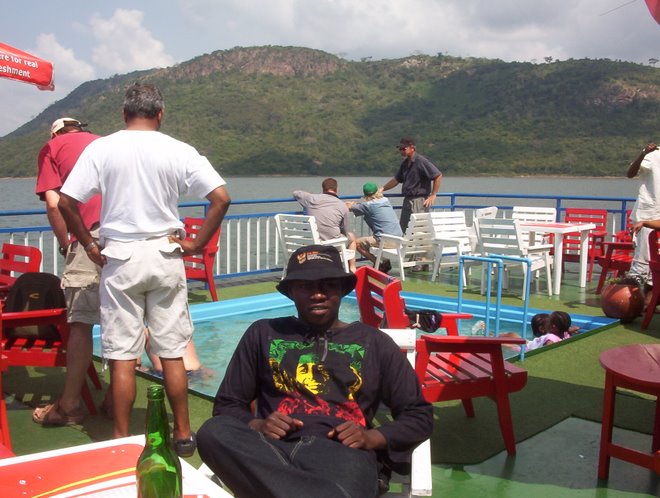




















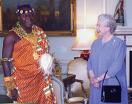



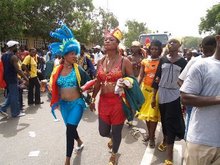
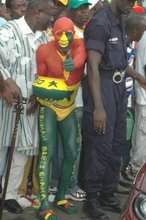

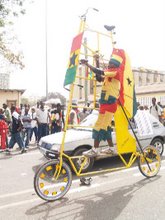
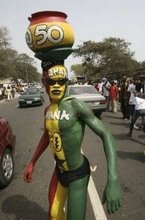




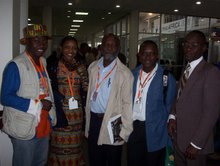
No comments:
Post a Comment